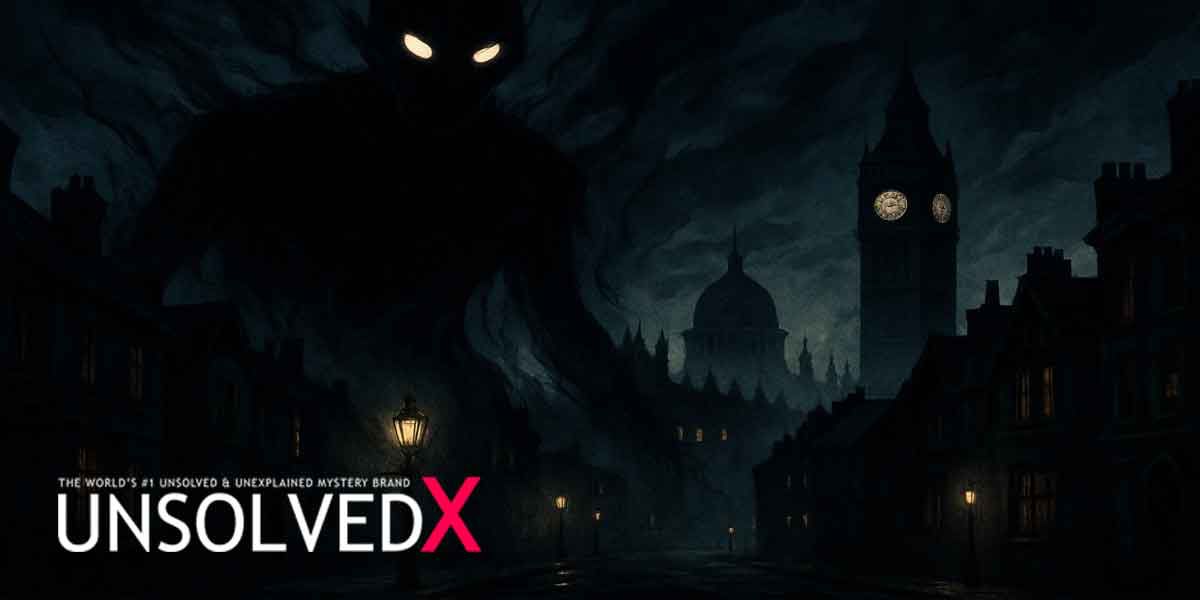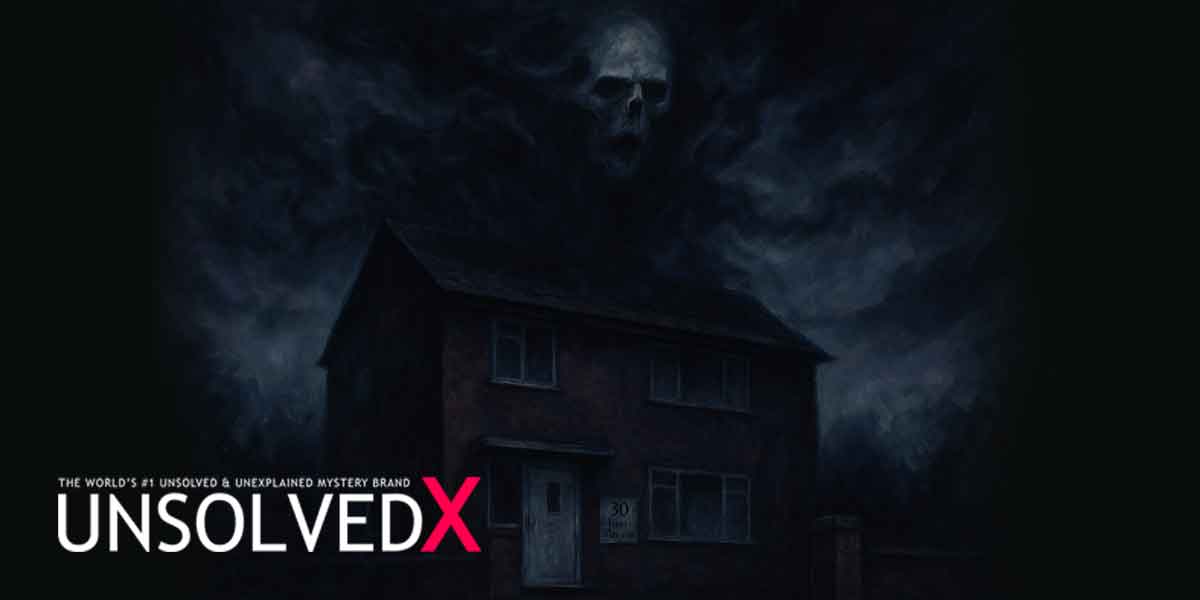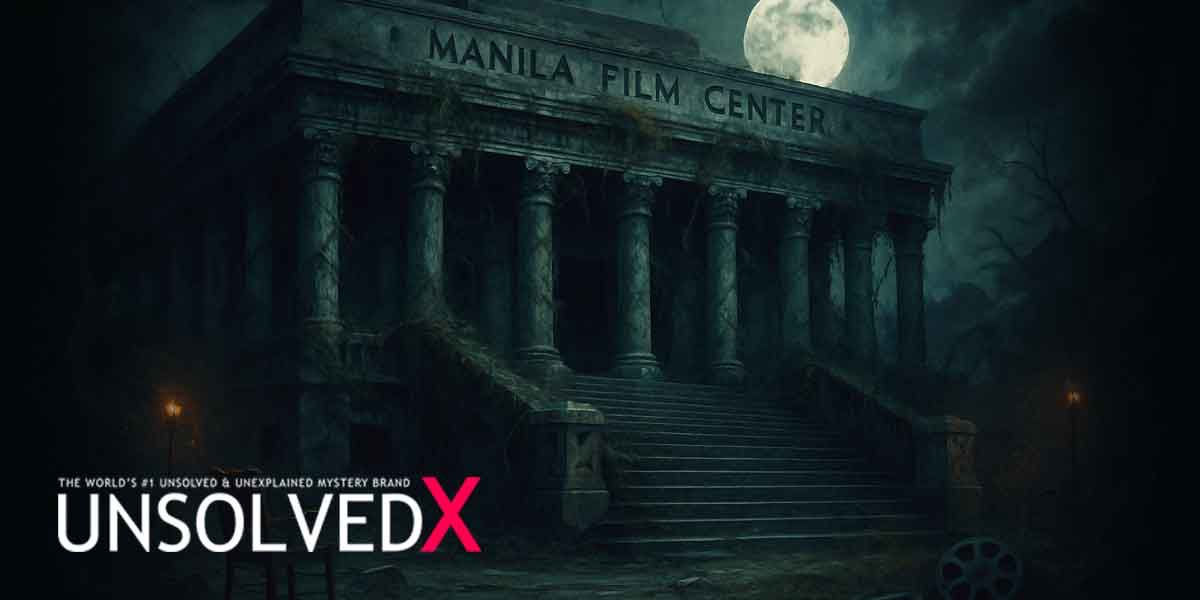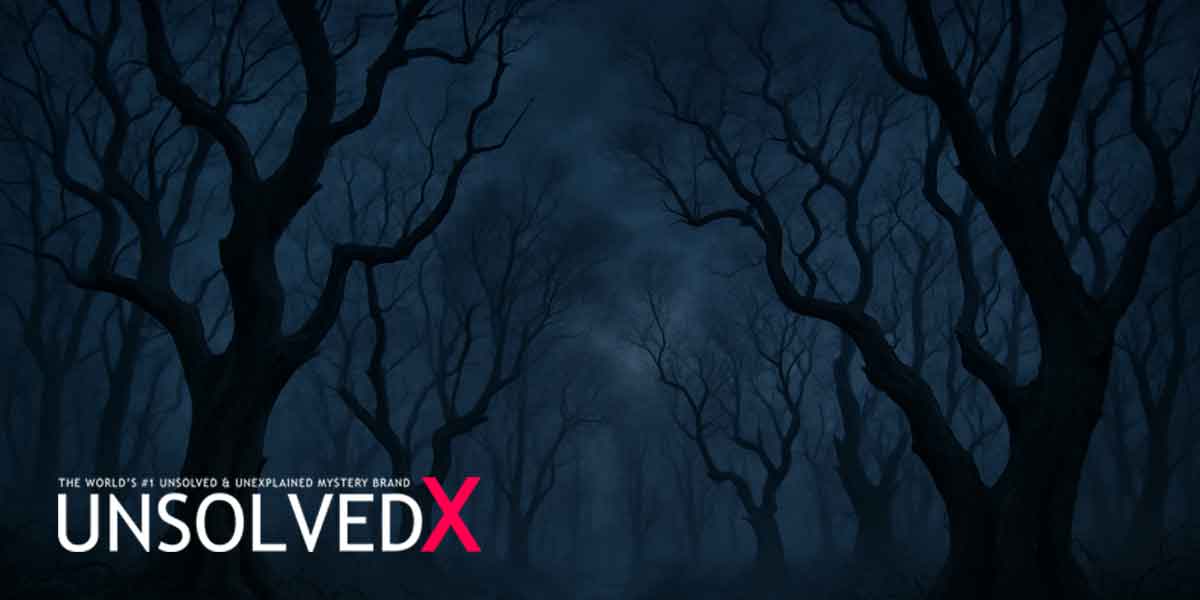The Disturbing Beginnings of the Enfield Case
In the late summer of 1977, a quiet council house at 284 Green Street in Enfield, North London, became the epicenter of one of the most perplexing supernatural cases in modern history. Peggy Hodgson, a single mother of four, first noticed something amiss on August 30 when her daughters, Janet (11) and Margaret (13), complained of their beds shaking. The following night, loud knocks echoed through the house, and a chest of drawers slid across the floor as if pushed by an unseen force. Terrified, Peggy fled with her children to a neighbor’s home, where they contacted local authorities. Two police officers arrived and witnessed a chair sliding several feet across the room without apparent cause, an event documented in their official report. This marked the start of an 18-month ordeal that would captivate paranormal researchers and skeptics alike, with over 30 eyewitnesses, including neighbors, journalists, and investigators, reporting inexplicable phenomena.
The case quickly escalated as objects like marbles and Lego bricks began flying through the air, some reportedly hot to the touch. Neighbors Vic and Sylvia Nottingham, who sheltered the Hodgsons, described hearing hollow knocks from within the walls and seeing a Lego brick materialize and drop onto a table. These early incidents, detailed in the Society for Psychical Research (SPR) archives, set the stage for a haunting that seemed to target Janet most intensely. The family’s distress was palpable, and their plea for help drew the attention of Maurice Grosse, an inventor-turned-paranormal-investigator, who arrived in September 1977 to document the disturbances. His involvement, along with that of writer Guy Lyon Playfair, would produce a wealth of audio recordings and photographs that remain central to the case’s enduring mystery.
The Voice of Bill Wilkins and Janet’s Torment
Perhaps the most chilling aspect of the Enfield Poltergeist was the emergence of a raspy, masculine voice speaking through Janet. By late 1977, she began entering trance-like states, during which she spoke as Bill Wilkins, a former resident who claimed to have died in the house of a brain hemorrhage in a chair downstairs. Audio tapes, later cataloged in The Enfield Poltergeist Tapes by Dr. Melvyn Willin, captured this voice describing Wilkins’ death in eerie detail: “Just before I died, I went blind, and then I had an ’aemorrhage and I fell asleep.” Researchers verified that a man named Bill Wilkins had indeed lived and died at 284 Green Street years earlier, a fact unknown to the Hodgson children at the time. The voice, which sometimes spoke for hours, used language and mannerisms inconsistent with an 11-year-old girl, baffling speech therapists who examined the recordings.
Janet’s experiences grew increasingly harrowing. Photographs taken by Daily Mirror photographer Graham Morris, who visited the house regularly from 1977 to 1979, purportedly show her levitating above her bed, her body contorted in mid-air. Morris, a witness to objects flying across rooms, insisted these images were not staged, noting the force required to propel objects like chairs was beyond the children’s capabilities. However, skeptics, including SPR member Anita Gregory, argued Janet may have jumped from her bed to create the illusion of levitation, a theory Morris refuted based on his observations. Janet herself, in a 2016 interview, described feeling “used and abused” by the entity, recalling a terrifying moment when a curtain wrapped around her neck, nearly strangling her. These events, combined with the psychological toll on the family, led to Janet’s brief stay at Maudsley Psychiatric Hospital in 1978, where no conclusive mental health explanation was found for her behavior.
Skepticism, Evidence, and Lasting Questions
Despite the extensive documentation, the Enfield case has faced significant skepticism. Critics like psychologist Chris French argue that the phenomena, including Janet’s voice, could be explained by psychological factors or deliberate trickery. French points out that the girls admitted to faking some incidents, such as bending spoons, though Maurice Grosse noted these attempts were easily detected and paled in comparison to the unexplained events. The voice itself was scrutinized by ventriloquist Ray Alan, who suggested it could be a vocal trick using false vocal cords, though he couldn’t explain how Janet sustained it for hours without vocal damage. Physicist John Hasted’s experiments with Janet, using a contact microphone, detected a sound distinct from her normal voice, adding to the case’s ambiguity. The lack of controlled conditions, as noted by skeptic Deborah Hyde, further complicates claims of paranormal activity, as human perception can be shaped by expectation and fear.
Yet, the sheer volume of eyewitness accounts and physical evidence keeps the Enfield Poltergeist from being fully dismissed. Over 2,000 incidents were logged by Grosse, including furniture tipping over, fires igniting spontaneously, and coins falling from thin air. The case’s cultural impact endures, inspiring works like the 2023 West End play The Enfield Haunting starring Catherine Tate and a detailed Apple TV+ docuseries released in 2023, which reconstructs the house and uses Grosse’s original audio. The current residents of 284 Green Street, a family who took tenancy in 2020, report no supernatural activity, though the house remains a pilgrimage site for ghost hunters. Janet and Margaret, now adults, maintain that the core events were real, with Janet stating in 2018, “I know what happened, and I know it was real.” The Enfield Poltergeist remains a polarizing enigma, its mysteries unresolved and its truths buried in the tension between belief and doubt.










Comments
Comments section coming soon!